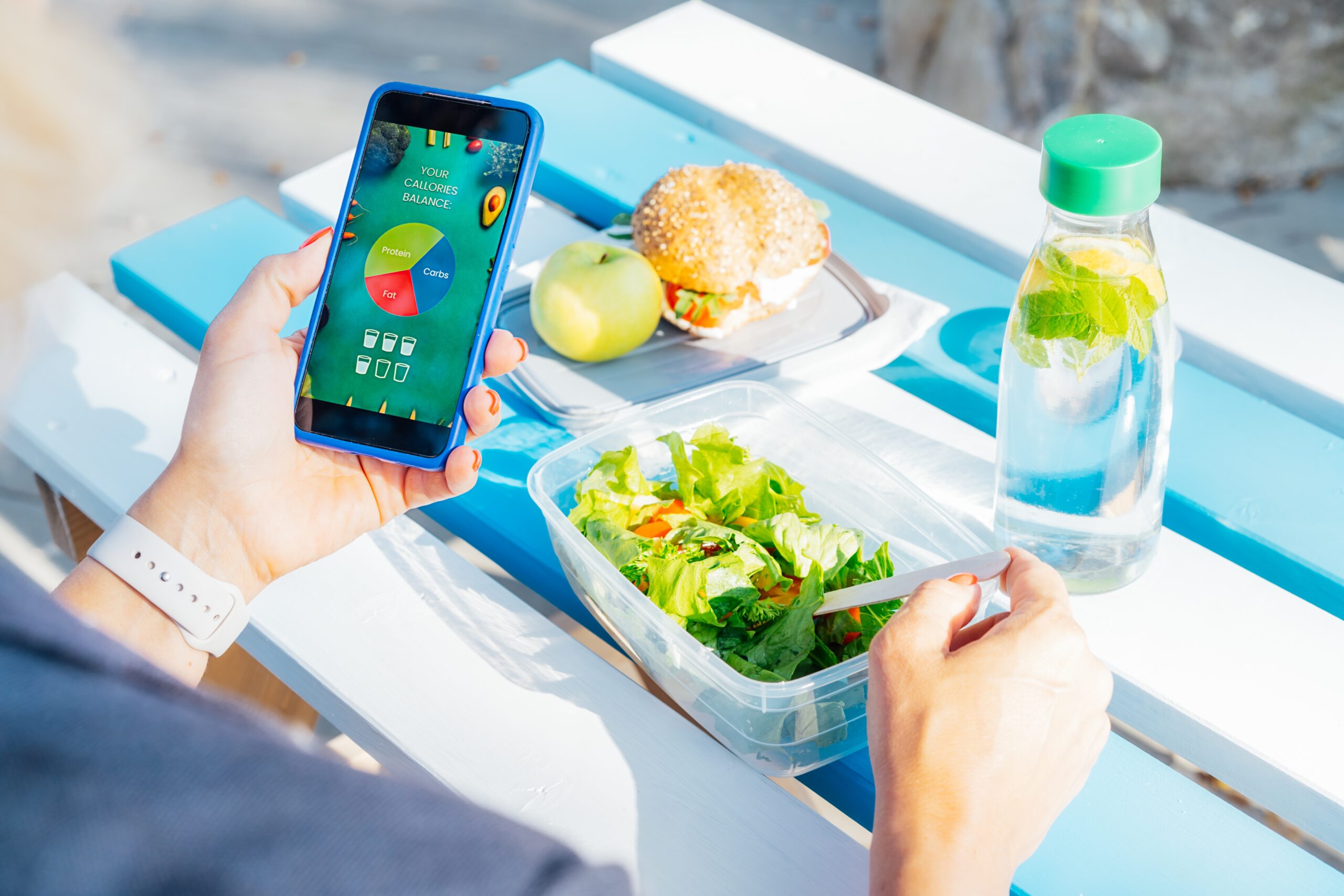

Lunch Count Day – For the longest time, there has been a lot of confusion on what should be the ideal time to have most of your food or the heaviest meal of the day.
There are those that think that you must make sure breakfast is the most substantial meal since that is the time your body needs fuelling and a satiating breakfast will give you that energy to kick-start your day. Some experts believe that you should split your meals into smaller meals and keep eating them in regular intervals.
But most experts agree that you should keep your dinner light. As the day progresses, your metabolism takes a dip, it becomes increasingly tough to digest what you eat; therefore, it is a wise idea to reduce portion size during the evening.
Ayurveda, also recommends eating light later in the day and have most of your calorie intake during your lunch. In other words, your lunch should ideally be the biggest meal of your day. Here’s why.
Most of Ayurveda’s eating principles revolve around digestion. Digestion is so intimately tied with so many aspects of your overall health and is uniquely dependent upon your dosha. You may be really happy to hear that scales, calories, and the food pyramid does not exist in Ayurveda. Instead, we focus on when to eat, how to eat, and how we feel after eating.
Unhealthy digestion is said to cause weight gain, constipation, bloating, acidity gas, and bloating and burping. The body’s internal fire (metabolism) is called our agni and our agni is at its strongest during lunchtime. Your body is wired according to the movement of the sun and your digestive agni is naturally high when the sun is the strongest. Therefore, as the sun goes down, you should also gradually reduce your heavy food intake.
Lunch Count Day – Here is where we tend to go wrong:
The problem with your largest meal at night and a shrinking metabolism or digestive fire – is the big dinner sits in your stomach undigested which makes it twice as hard for your agni. You then have breakfast the next morning on top of that undigested food which then creates problems like gas and bloating, constipation, sluggish digestion, weight gain, and a sense of heaviness.
It is well documented that our daily rhythms have specific times where they are most effective. This is the field of chronobiology working with your circadian rhythms) and in Ayurveda your dinacharya or daily routine. One of the most important things we can learn from chronobiology is that while the majority of us may live an urban, gleamingly modern lifestyle, we cannot really separate ourselves from the ancient, more agrarian rhythms we evolved to over countless generations.
Not if we hope to achieve and maintain optimal health and fitness, that is. These rhythms are encoded in us on the most basic levels, making up the very mechanics of how our bodies work, including how we metabolize the food we eat into the energy that fuels all bodily processes.
Consuming heavy meals later in the day not only hampers digestion, but it works against your natural rhythms – creating problems with sleep and also results in toxin overload, due to which you wake up tired the next day.
So, let’s do lunch!
There are plenty of ways you can make your lunch interesting – we have shared with you one of our favorite lunches from our Spring Meal Plan that we have modified for each dosha.

IF YOU ARE SHARING WITH A
Pitta | Perfect meal for them too when you remove the pepper.
Kapha | Use soy instead of coconut milk.
Vata/Pitta | They can enjoy this meal as is!
Vata/Kapha | Switch out the coconut milk in the rice for soy or goat milk.
Pitta/Kapha | Substitute soy milk for coconut milk in the sauce and remove the pepper.
By changing your eating habits and eating the right foods at the right time, you can help your body to be much more efficient. Understanding the principles of chronobiology which mirrors the principles of Ayurveda; making lunch your biggest meal balances agni which is the root of a healthy life full of vitality.
There’s no one size fits all for what you should eat. If you would like to talk with me about what is the right diet for you, sign up for a complimentary consultation. Just click on the link to my online calendar to find a good time that works for you.
CHAT WITH US NOW-FOR THE FOODS THAT ARE RIGHT FOR YOU
In health,

The Holistic HIghway integrates traditional Western medical practices with Ayurveda medicine, creating a focus on prevention through nutrition, diet, and exercise; use of the latest genetic testing and other diagnostic techniques; and prescribed combinations of botanical medicines, supplements, therapeutic diets, detoxification programs, or stress-management techniques.

Integrative Health Expert | Ayurveda Practitioner | Author | Speaker
Kerry is a globally recognized leader in integrative medicine and the science of health known as Ayurveda. She is passionate about raising awareness of the need for a change in contemporary medicine that focuses on patient empowerment and a health-based (rather than disease-based) medical system.
Kerry is connected with The University of Pittsburgh Center for Integrative Medicine and remains a pioneer in the field of integrative medicine where she has developed a personalized system to manage chronic disorders by incorporating fundamental changes in diet, behavior, and stress while focusing on genetics.
This individualized program is so successful that many of her clients have achieved maximum healing and vitality after years of chronic problems!
More to Explore
Contact
Disclaimer
The sole purpose of all the website content is to educate and provide information about Integrative Health, Genetics and Ayurveda.This information is not intended for use in the diagnosis, treatment, cure. or prevention of any disease.
Stay Connected